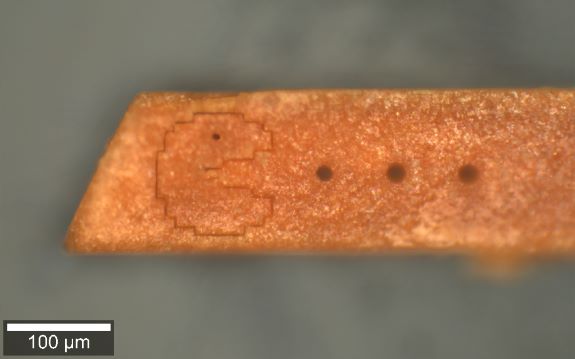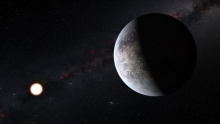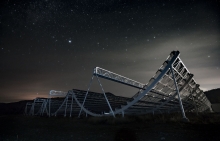An array of 350 radio telescopes in the Karoo desert of South Africa is getting closer to detecting the “cosmic dawn” — the era after the Big Bang when stars first ignited and galaxies began to bloom.
A team of scientists from across North America, Europe, and South Africa has doubled the sensitivity of a radio telescope called the Hydrogen Epoch of Reionization Array (HERA). With this breakthrough, they hope to peer into the secrets of the early universe.















